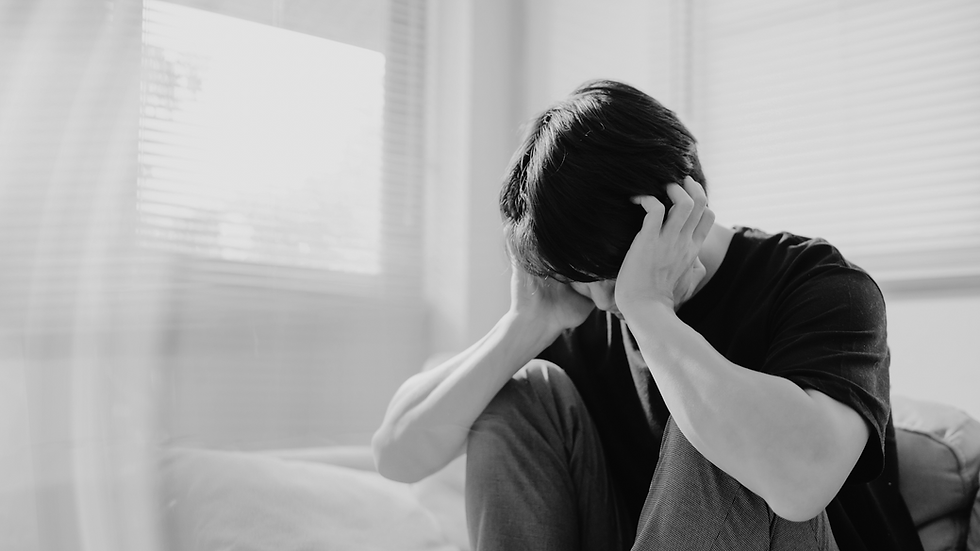MANGA AND ANIME: DRAWING THE LINE ON CHILD PORNOGRAPHY
- zoejapan
- Jan 7, 2022
- 3 min read

In 2018 the famous manga creator, Nobuhiro Watsuki, was arrested on charges of possession of child pornography, with investigators seizing roughly 100 DVDs and CDs with child sexual abuse imagery (under 15 years of age) from his personal collection.
The penalty? No jail time and only a 200,000Yen ($1,700) fine.
In a matter of months his publisher welcomed him back and life continued as normal.
Then, a few weeks ago (23 December 2021), Japan again gasped in surprise at the arrest of Kenya Suzuki, the famous manga creator of "Please Tell Me! Galko-chan", a manga series about high school girl Galko and her friends. Mr. Suzuki was arrested for importing prohibited items (child pornography) from Germany, and a police search of his home found a further 46 books containing child pornography.
And although these artists were not arrested for producing child pornography, their involvement in the manga and anime industry has once again added fuel to a hot debate related to virtual child pornography in Japan.
Possession of child pornography was declared illegal in 2014, but specifically excludes child pornography in the form of manga and anime. The manga and anime industry argues for freedom of expression through the arts, while anti-trafficking activists (including ZOE Japan), are concerned that these “art-forms” are contributing to child sex trafficking in the following ways:
Sexual objectification of children, increasing their risk of being trafficked
Many manga and anime stories are based on themes of incest, sexual relations between adults and children (even teachers and children) or depicting violent sexual acts between children and creatures. They normalize and even romanticize the rape of children for adult entertainment, and as a result increase the risk of sexual exploitation of actual children.
Grooming tool
Young children are unable to distinguish between fiction and reality and easily engage in a fantasy world. This provides the ideal environment for perpetrators to communicate their sexual desires to the child by using manga or anime stories, and to create the impression that sex between an adult and a child is fun and normal.
Exploitation of real children serving as inspiration to produce content
Many manga and anime artists argue that the children are drawn from imagination and that no real child was harmed in the creation of the content. However, for an artist to imagine these acts and create fictional characters, it is reasonable to assume that the artist was previously exposed to child sexual abuse imagery or may even be an active consumer of such content, as in the case of Kenya Suzuki and Nobuhiro Watsuki.
We love Japan, and we respect and celebrate Japanese traditional art forms such as manga and anime, but not at the expense of our children.
Will you stand with us to fight against the exploitation of children through pornography in manga and anime?
We can all be part of the solution by:
Praying for wisdom for the Japanese government on how to strengthen regulations against child pornography in the form of manga and anime.
Praying for JNATIP (Japan Network Against Trafficking in Persons), a network of various NPOs working together to advocate for policy reforms and finding effective ways to support current government efforts.
Reviewing the manga and anime content that your own children are exposed to and implementing the necessary controls to protect them.
Having regular open discussions with your children, making sure that they receive age-appropriate sex education from you as a primary resource!
If you are interested in learning more about child pornography and manga/anime, please listen to our English podcast on this topic: Episode 4: Child Pornography Part 2 on your favorite podcast app, or on our website at https://www.eng.gozoe.jp/podcast
Together, we can reach every person and rescue every child!
Sources:





Comments